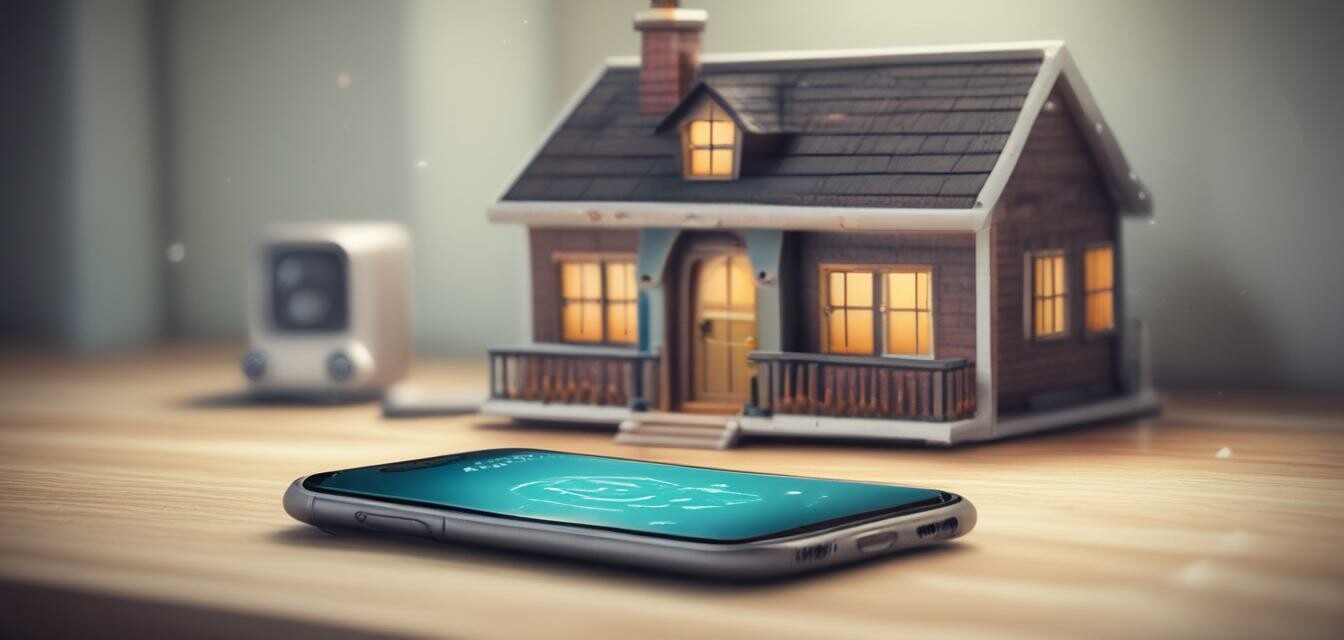
Keeping your smart home devices secure
Key Takeaways
- Always update your device firmware to the latest versions.
- Use strong, unique passwords for each device.
- Secure your home network with encryption, like WPA3.
- Implement network segmentation to separate smart devices from essential devices.
- Regularly monitor connected devices and logs for unusual activity.
In the age of technology, smart home devices have revolutionized the way we live, making our homes more comfortable, efficient, and connected. However, with these advancements come challenges. Security risks associated with smart devices can lead to unauthorized access and privacy invasions. In this article, we will provide essential tips to ensure the security of your smart home devices connected to your home network.
Understanding the risks
Smart home devices, while convenient, can also pose significant security risks if not properly secured. Below are some common vulnerabilities:
- Weak or default passwords.
- Outdated firmware and software.
- Unprotected Wi-Fi networks.
- Lack of encryption.
Essential security tips
1. Update your devices regularly
Manufacturers continuously release updates to address security vulnerabilities. Always ensure that your smart home devices are running the latest firmware. Setting devices to automatically update can help maintain security.
2. Change default passwords
Most smart devices come with default usernames and passwords. Change these immediately to something unique and complex. A strong password should include:
- A minimum of 12 characters.
- A mix of uppercase and lowercase letters.
- Numbers and special symbols.
3. Secure your Wi-Fi network
Your home Wi-Fi is the gateway to all your smart devices. Follow these steps to enhance its security:
- Use WPA3 encryption.
- Disable WPS (Wi-Fi Protected Setup).
- Set a strong Wi-Fi password.
4. Implement network segmentation
Keep your smart devices on a separate network from your essential devices like computers and smartphones. This reduces the risk of a breach affecting sensitive information. If you’re unsure how to do this, check out our guide on network segmentation.
5. Monitor connected devices
Regularly check the list of connected devices to your network. Look for anything unusual or unfamiliar, and disconnect devices that you don’t recognize. Keeping a close eye on logs can also help you spot potential breaches.
Table of best practices
| Device Type | Best Practice |
|---|---|
| Smart Speakers | Disable voice purchasing and regularly check settings. |
| Smart Cameras | Use two-factor authentication (2FA) for added security. |
| Smart Thermostats | Regularly update firmware and check for vulnerabilities. |
| Smart Lights | Change default settings and avoid using public Wi-Fi for control. |
Pros
- Enhances home security and privacy.
- Improves overall performance of devices.
- Prevents unauthorized access to sensitive data.
Cons
- Can be time-consuming to manage and monitor.
- Requires diligence to stay updated on the latest threats.
Final thoughts
As smart home technology continues to evolve, so do the security challenges. It's critical that we stay informed and proactive about safeguarding our devices. Whether you are just starting to build your smart home or have been using these technologies for years, implementing these simple tips can significantly enhance your security and ensure your devices remain safe and secure.
Explore more
For more tips on improving your home network, check out our article on improving Wi-Fi signal. Stay connected, stay secure!
